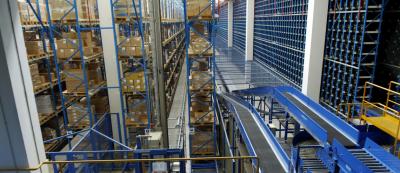Nov 30, 2017 - In a manufacturing plant at Dongguan, a nondescript town about an hour outside the southern Chinese city of Shenzhen, a robot arrives to collect the latest box of Huawei smartphones rolling off a production line writes Mark Jennings for Newsroom.
Stand in the robot’s path and it politely tells you (in Mandarin) to move aside. The robots are busy here – this plant produces 1.3 million smartphones a month; some will likely end up in New Zealand.
Huawei sold 139 million phones last year and ranks third behind Samsung and Apple.
Robots are steadily replacing people in Huawei’s Chinese plants.
“They are more efficient and the quality is better," New Zealand journalists being shown through the plant were told.
According to Huawei, only three phones out of every million fail the rigorous quality control tests.
Humans still have a role - there are 28 of them on each Huawei production line, mainly putting cameras into the phones and testing functionality - but their days are numbered.
Word is that the nearby Foxconn plants (which make smartphones for Apple and Samsung) have 250 people on each production line.
“That’s because people are still cheaper (than the sophisticated robots) for now.”
But, it is clear from the smile on our guide’s face that Huawei doesn’t think the cost difference will last much longer.
Continue here to read the full srticle by Mark Jennings for Newsroom || November 30, 2017 |||





